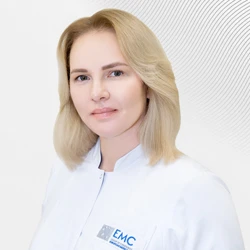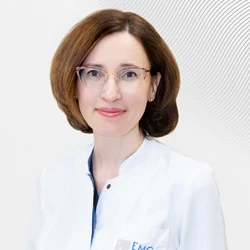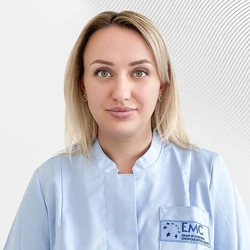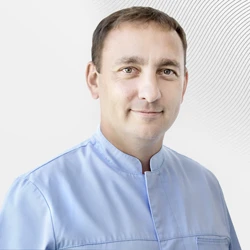Hypospadias is a congenital disease characterized by a violation of the formation of the urethra (urethra), curvature of the penis and/or an abnormal structure of the skin of the penis. With hypospadias, the formation of the entire penis is disrupted, and not only the underdevelopment of the urethra is noted.
The skin of the penis with hypospadias looks typical: there is a skin deficit on the lower (ventral surface) and an excess on the dorsal (dorsal surface), where it hangs in the form of a hood. The incidence of hypospadias among newborns is 1:200.
The causes of hypospadias are various factors that affect the formation of the fetus' penis at 7-12 weeks of pregnancy.: stress, ecology, hormonal drugs used in case of threat of termination of pregnancy. Hereditary forms of hypospadias are very rare.
Depending on the location of the urethra, the following forms are distinguished: glandular, coronal, stem, scrotum, scrotum and perineum.
In cases of severe curvature, surgery is advisable. The optimal age for surgery for hypospadias is 1-2 years. A child at this age tolerates the intervention more easily. However, surgery at a later and even adult age is also possible. The technique of surgical intervention in various forms of hypospadias varies.
 In simpler forms, such as coronary and stem, single-stage surgical treatment is performed. During the operation, the curvature is eliminated, the urethra is created from its own tissues (plastic urethra), and the skin of the penis is reconstructed so that it is evenly distributed from all sides. Over time, the traces of the operation will disappear.
In simpler forms, such as coronary and stem, single-stage surgical treatment is performed. During the operation, the curvature is eliminated, the urethra is created from its own tissues (plastic urethra), and the skin of the penis is reconstructed so that it is evenly distributed from all sides. Over time, the traces of the operation will disappear.
The penoscrotal, scrotal, and perineal forms are combined into proximal ones. In cases where a child is diagnosed with a proximal form of hypospadias in combination with the absence of one or both testicles in the scrotum, consultation with an endocrinologist is required. The endocrinologist prescribes an additional examination, including a blood test for karyotype, determination of hormone levels in the blood, as well as ultrasound of the scrotum and groin area.
With proximal forms, stage-by-stage treatment is preferable - surgical correction will require at least 2 operations. At the first stage, the penis is straightened with the help of a mucous flap taken from the cheek. After six months, the urethra is created, cleavage of the scrotum (if present) is eliminated.
Treatment of distal forms (coronary and stem) hypospadias in children
In distal forms, one operation is performed, which includes the following steps::
1. Correction of penile curvature.
2. Formation of the urethra.
3. Plastic surgery of the glans penis.
4. Reconstruction of the skin of the penis.
5. Restoration of urine drainage in the postoperative period.
The elimination of penile curvature is achieved by isolating the vessels and nerves running along the back of the penis and diverting them to the side. After that, micro-incisions are made on the corpus cavernosum, which are then stitched together in such a way as to eliminate the curvature. That is, in fact, we make the longer and shorter sides of the penis of the same length.
For the formation of the urethra, the TIP technique is preferred, which consists of separating the urethral plate and stitching it into a tube. In addition, an incision is made along the midline of the urethral plate, which allows you to increase the width of the plate.
Plastic surgery of the glans penis is performed by mobilizing the wings of the glans and stitching them in two rows above the urethra.
Another important stage of the operation is the reconstruction of the skin of the penis. Indeed, with hypospadias, there is an excess of skin on the side of the back in the form of a hood and often a deficiency of skin on the lower surface. The main task is to move the skin so that it is evenly distributed on all sides.
After the operation, a soft bandage is applied, which is fixed to the penis. The bandage is removed one week after the operation. The day after the operation, the child can already get up, walk, run.
The child has been in the hospital for 2-3 days.
Treatment of proximal forms of hypospadias
 In the proximal forms of hypospadias – scrotum, scrotal and perineal - 2 operations are required, as a result of which it is possible to achieve the best functional and cosmetic results. The interval between operations is 6 months.
In the proximal forms of hypospadias – scrotum, scrotal and perineal - 2 operations are required, as a result of which it is possible to achieve the best functional and cosmetic results. The interval between operations is 6 months.
Stage 1 – penile straightening. A flap is cut out of the mucous membrane of the cheek and placed on the previously prepared lower surface of the penis, then fixed with multiple sutures. The cheek heals within a few days. The child does not experience pain when eating or drinking liquids.
After surgery, a bandage is applied to the penis and a urethral catheter is inserted, which are removed after a week.
In the future, physiotherapy and the external use of medications are recommended for a speedy recovery.
Stage 2 – formation of the urethra from a mucous flap and reconstruction of the skin of the penis and scrotum. It is performed 6 months after stage 1. During the operation, the already established mucous flap is isolated, folded into a tube and stitched together - the urethra is formed. The skin of the penis is distributed evenly and naturally. In cases where there is cleavage of the scrotum (the scrotum is divided into two halves), scrotum plastic surgery is performed.
A soft bandage is applied to the penis, which is removed on the 7th day after surgery. From the first day after the operation, the child, regardless of age, can get up, walk, run. An active child eats and sleeps better, and the healing process is faster in this case. The hospital stay lasts for 2-3 days.
Advantages of the European Medical Center
- Surgical intervention for hypospadias is performed by experienced pediatric urologists with significant experience in performing these operations in children of any age.
- Round-the-clock department of planned and emergency surgery. Emergency operations are possible.
- Emergency, emergency and ambulance care, round-the-clock diagnostics.
- Multidisciplinary approach: doctors of various specialties take part in the treatment of patients, which significantly improves the effectiveness of the care provided and allows patients to be helped even in the most difficult cases.
- Comfortable hospital, meals according to an individual menu.
- The possibility of round-the-clock visits to the patient in intensive care.
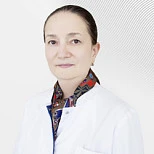







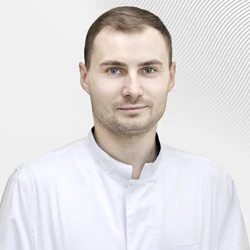
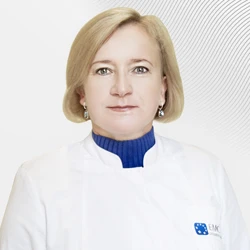
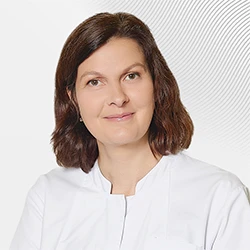
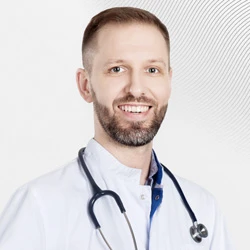
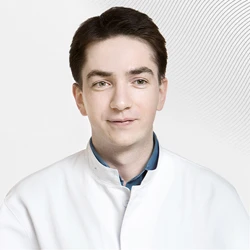
.webp)
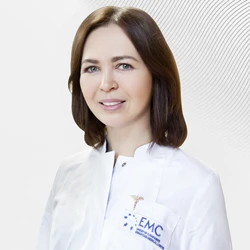
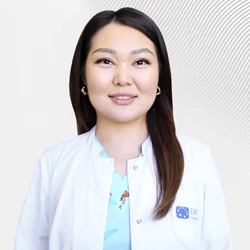
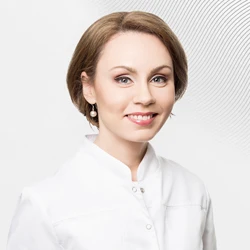

.webp)
